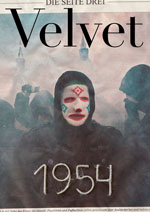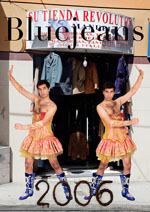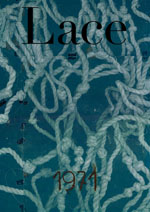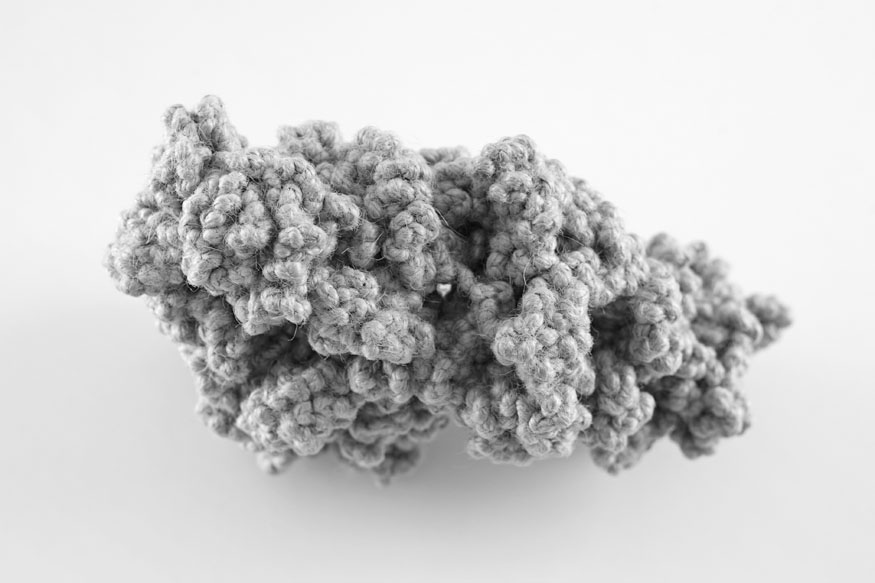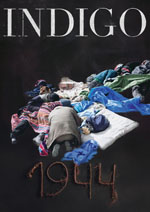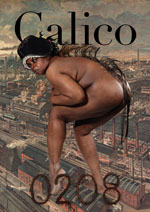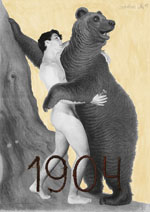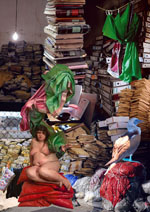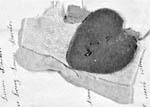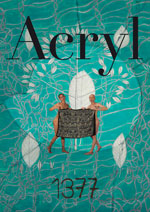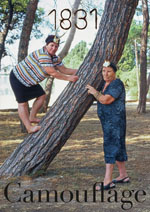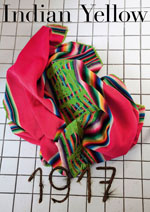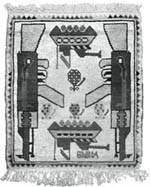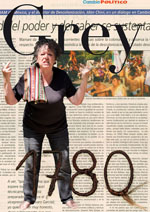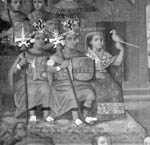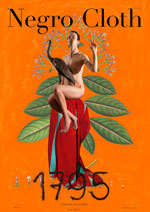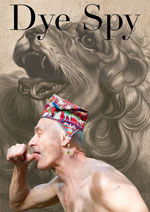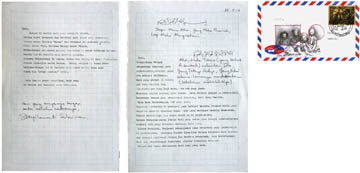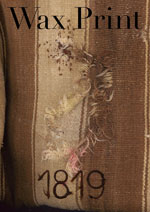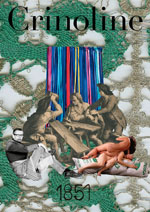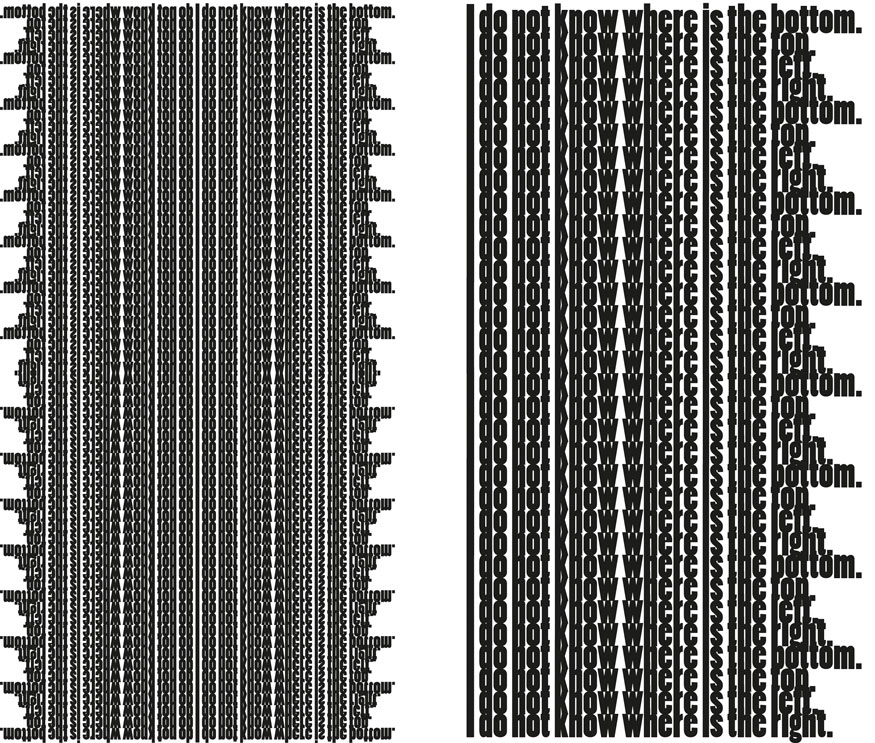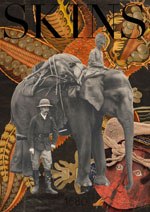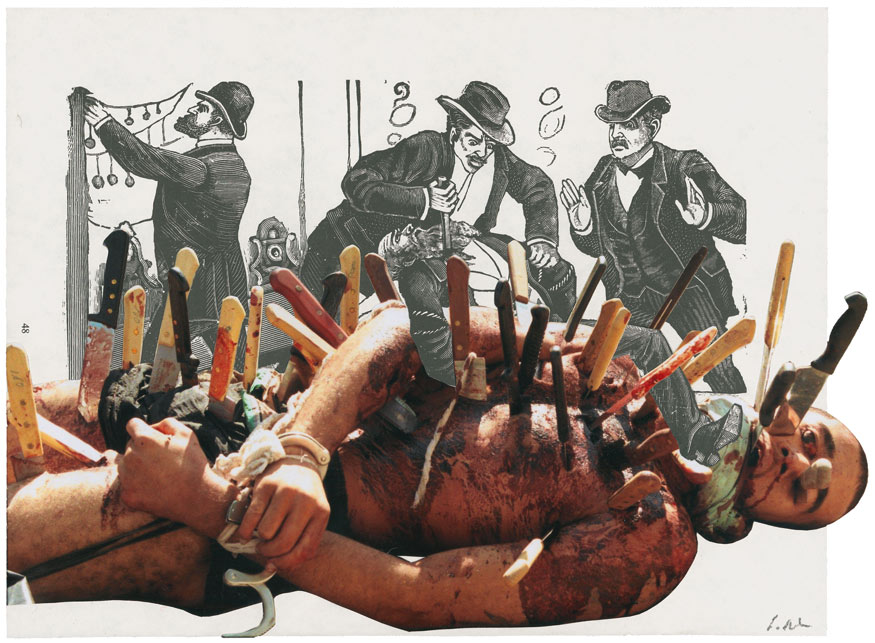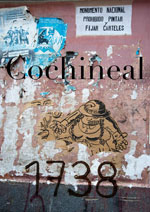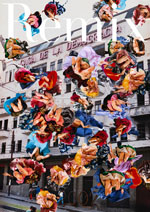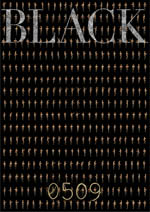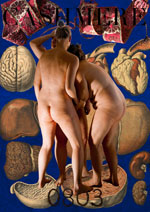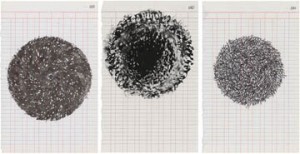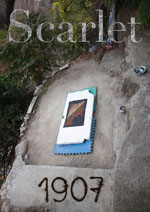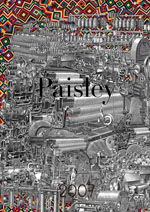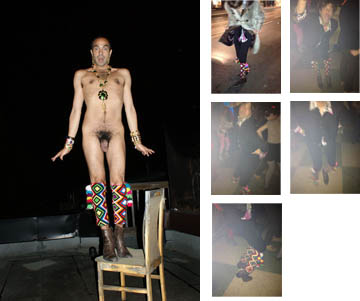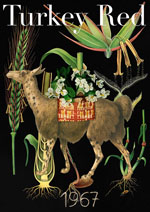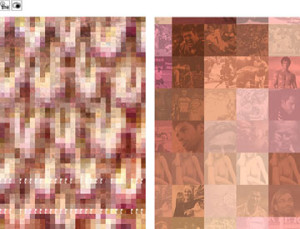Ines Doujak researches, writes, teaches as an artist in the areas of visual culture and material aesthetics with a queer-feminist, anti-racist, anti-colonial focus. She is the project leader of “Loomshuttles / Warpaths”.
John Barker is a novelist who has also published extensively on political economy, labour process and the structure and misuses of language and metaphor for the journals `Science as Culture, Capital and Class, Mute and Variant`. His role in this project has been a mixture of research, writing and editing.
Helga Weber Is the muse and technician of the project. She is responsible for the archiving, the documentation and is assisting in development and production of the images.
Markus Wörgötter is a photographer, graphic-designer and artist. Lives in Vienna.
Cordula Daus is a cultural scientist and author. She was editor in the team of the docu- menta 12 magazines. Since 2009 she is investigating in the relations between places and words, acts of speech and their consequences in the frame of the “Neue Gesellschaft für Angewandte Toponymie”.
Alice Creischer, geboren 1960 in Gerolstein, studierte in Düsseldorf Philosophie / Ger- manistik und Kunst. Kuratorin, und Künstlerin, lebt in Berlin. Letztes Projekt (gemeinsam mit Andras Siekmann und Max Jorge Hinderer): Principio Potosí, (Reina Sofia Madrid 2010, Haus der Kulturen der WElt (2010) und Museo Nacional de Art La Paz (2011), letzte Ausstellung Das Etablissment der Tatsachen, KOW Galerie, Berlin 2012
Andreas Siekmann, geboren 1961 in Hamm, studierte in Düsseldorf Kunst. Kurator und Künstler, lebt in Berlin. Letztes Projekt (gemeinsam mit Alice Creischer und Max Jorge Hinderer): Principio Potosí, (Reina Sofia Madrid 2010, Haus der Kulturen der Welt (2010) und Museo Nacional de Art La Paz (2011), letzte Ausstellungsbeteiligung: Vor dem Gesetz, Museum Ludwig Köln 2011 / 2012 David Riff is an art critic, artist, curator, translator, and member of Chto delat. Lives in Moscow and Berlin.
Fahim Amir, Viennese philosopher with Afghan origins, works at the Academy of Fine Arts Vienna. Recent publications include “Dwellers and Strayers: Multispecies Criminality in Postcolonial Worlds“ and “1000 Habitats: Warm Wars and Tiny Architects“.
Waldo Jordan began in the 1970‘s to rescue the ethno-technologies, meanings and communication elements related to traditional Andean weaving. He is director and founder of the Museo de Textiles Andinos Bolivianos in La Paz, Bolivia.
Cristina Bubba organized Aymará Indians in the area of Coroma to identify, catalog and recover communally-owned ceremonial weavings, that have been stolen or sold to dealers who illegally traffic in these weavings throughout the world. Trained as a social psychologist she studied under Cornell University professor of anthropology, John Murra, who is one of the first academics to study the cultural importance of Andean textiles.
Irene Silverblatt teaches Cultural Anthropology at Duke University, USA. She studies relations of culture and power in the Andes and contemporary Europe. She has written, Moon, Sun, and Witches: Gender Ideologies and Class in Inca and Colonial Peru; Modern Inquisitions: Peru and the Colonial Origins of the Civilized World.
Max Jorge Hinderer Cruz works as indipendent editor, researcher and curator. Together with Alice Creischer and Andreas Siekmann he curated the exhibition and publication project “Principio Potosí / The Potosí Principle“ (MNCARS Madrid, HKW Berlin and MNA/ MUSEF La Paz, 2010—2011).
Simon Sheikh is a freelance curator and critic. He is a researcher for the on-going Former West project, initiated by BAK in Utrecht. Beginning September 2012, Sheikh is a Senior Lecturer in Curating at Goldsmiths College, London.
Catherine Lord, Professor of Studio Art at the University of California. She is an artist, fiction writer and critical essayist. Currently she is working on text/image project titled, The Effect of Tropical Light on White Men.
Guiseppe Campuzano, the Peruvian artist, philosopher and crossdresser is the founder of the ́Museo de Travesti`in Lima.
Beatriz Canedo Patiño The Bolivian fashion designer was named by the International press as “The Queen of the Alpaca”. Her world-known creativity leads her to dress European and Asian Royalty, high political authorities in Bolivia and abroad, business leaders, and celebrities. www.beatrizcanedopatino.com
Judith Fischer, lives in Vienna as an artist, philosopher and lecturer in the fields of (horror) film, visual art, literature, liminality and theory. Her latest publications include: Judith Fischer: Reading the Hidden, Writing the Liminal, p. 30—43, in: Andrei Siclodi (Ed.): Private Investigations—Paths of Critical Knowledge Production in Contemporary Art. Künstlerhaus Büchsenhausen, 2011 and the artist book Judith Fischer: some. women houses phantoms, Schlebrügge Editor, Vienna 2010.
Boris Ondreicˇ ka (1969) is an artist, curator and author, former director of tranzit.sk, based in Bratislava, Slovak Republic. Amongst many he has co-curated Manifesta 8 and The Event 2011, and has exhibited his works at Venice, Prague, Gyumri, Torino biennales, Manifesta 2, Badischer, Koelnischer, Frankfurter Kunstvereins, Secession, Mumok, TBA21, Belvedere in Vienna, Magazin 4 Bregenz, PS1 NYC, Le Plateau Paris, Kiasma Helsinki, De Appel Amsterdam, Bak Utrecht and many others.
Jens Risch 1973 born in Rudolstadt/Thüringen; 1993—1995 HfG Offenbach am Main; 1995—1999 Städel, Staatliche Hochschule für Bildende Künste, Frankfurt am Main, in the class of Thomas Bayrle; since 2001 in Berlin. Thomas Kilpper 1956 born in Stuttgart, lives Berlin, Germany; studied Fine Arts at the Staatliche Kunstakademie in Nuernberg, Duesseldorf and Städelschool, Frankfurt on Main (Professor Georg Herold). Since 2006 together with Franziska Böhmer he runs the not for profit project space after the butcher.
Lukas Pusch, lives and works in Vienna, studied painting in Vienna, Moscow and Dresden. Founder of the “White Cube Gallery Novosibirsk“, the first center of contemporary art in Siberia and “SLUM-TV“ in Mathare, one of the biggest slums in Africa.
Simryn Gill, born in Singapore, lives and works in Sydney Australia and Port Dickson, Malaysia.
Juan Quispe is a resident of the island of Taquile, Lake Titicaca, Peru. He is a storyteller, who works as a farme and cap-knitter.
Shooshie Sulaiman was born in 1973 in Malaysia. She received Bachelor of Fine Art from MARA University of Technology. Her art varies from drawings, collages, architec- tural installations, to performance art. Recent exhibitions include in Art Stage Singapore 2012 (Singapore), 6th Asia Pacific Triennial 2009 (Brisbane, Australia), and Documenta 12, 2007 (Kassel, Germany). She also curates exhibitions and runs 12, an alternative art space in Kuala Lumpur.
Sonia Abian’s work starts with a visit to archives and research. In whatever medium – video, painting, object, installation – she analyses discourses and historical pictures as vehicles of an ideology. Her special interest is in the power structures demonstrated in these pictures through the legitimisation of specific gender positions and their current relevance. She was born in Argentina in 1966. Luis Jacob was born in Lima, Peru in 1971, and currently lives in Toronto, Canada. Working as artist, curator, and writer, his diverse practice addresses issues of social interaction and the subjectivity of aesthetic experience. Recent exhibitions of his work include: A finger in the pie, A foot in the door, A leg in quicksand, Kunsthalle Lingen (Germany); Pictures at an Exhibition, Museum of Contemporary Canadian Art (Toronto).
Ruth Noack is Head of Curating Contemporary Art at the Royal College of Art in London. Trained as visual artist and art historian, she has acted as art critic, university lecturer and exhibitionmaker since the 1990s. She was Curator of documenta 12 (Kassel 2007). She provided ‘Garden of Learning’ (Busan Biennale, 2012) with its exhibition layout, and is presently working on a show called ‘Sleeping with a vengeance — dreaming of a life’.
more

